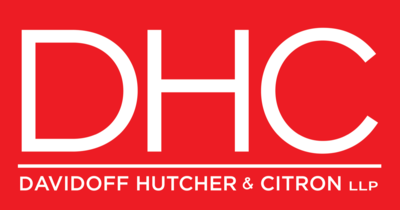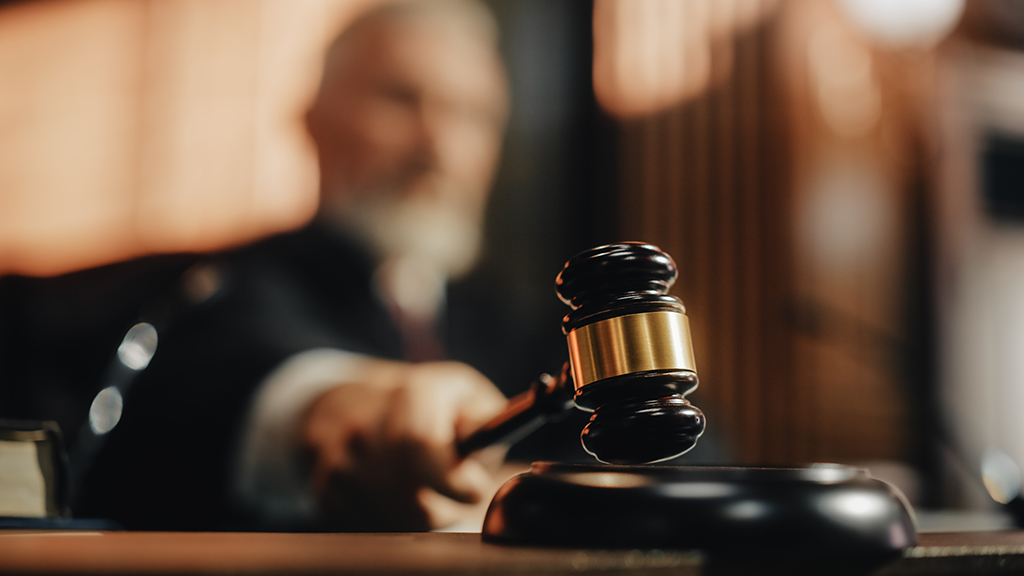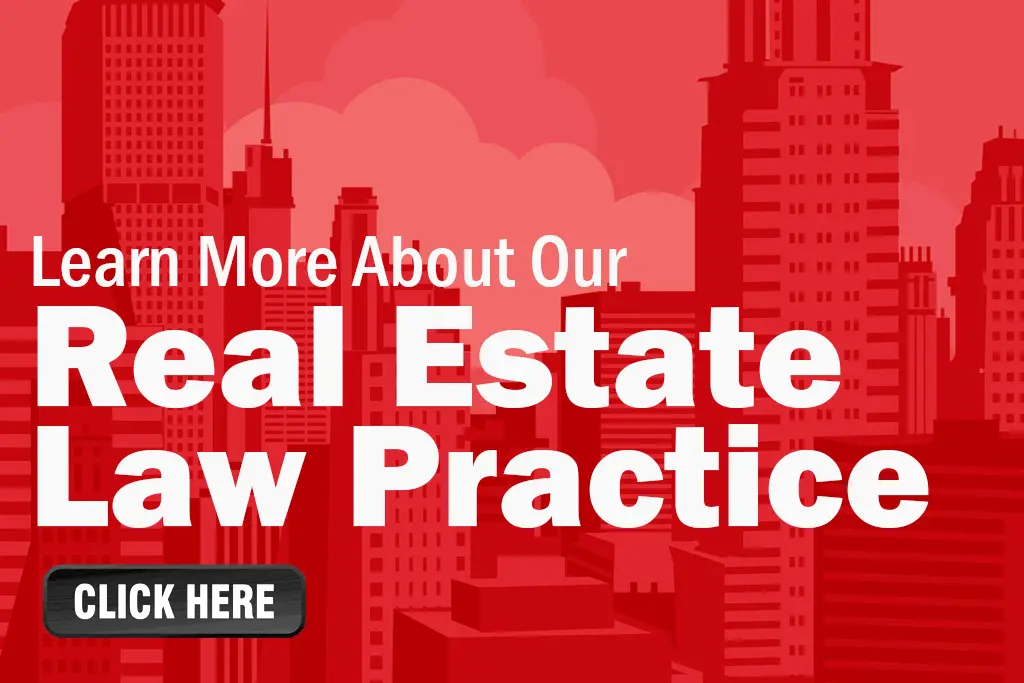What 7 Things You Should Have in a Construction Period License?

May 25, 2023 | By William P. Walzer, Partner
Section 3309 of the NYC Building Code requires property owners planning construction to safeguard neighboring properties from damage and protect persons from injury.
Neighboring property should be protected from typical construction risks: falling objects, vibration damage, and undermined foundations. Typical protection plans call for sidewalk bridges, scaffolds, overhead netting, window protection, protection of plants, and flashing. In many cases, permanent underpinning beneath the adjacent structure is warranted.
Recognizing the need for renewal of the City’s built environment, the City Council provided in the Code an obligation on the part of owners and occupants of adjacent property to grant the necessary license to enter so that the protections may be installed. For enforcement of this obligation the Code refers to a state-wide statute, Real Property Actions and Proceedings Law §881. That section authorizes an owner intending to make repairs or improvements on its own property to commence a special proceeding (a fast-track litigation) to request a judge to order an access license when the neighbor refuses. The right in Section 881 to an order allowing access is not only for the purpose of installing protections. The section directs that access shall be ordered whenever the contemplated repairs or improvements cannot otherwise be performed.
In analyzing Section 881 petitions courts generally apply a standard of reasonableness and are required to balance the interests of the parties and the burdens and benefits of the requested license. A license should be issued by the court only when necessary and only under reasonable conditions. PB 151 Grand LLC v. 9 Crosby, LLC, 58 Misc. 3d 1219(A), 95 N.Y.S.3d 126 (N.Y. Sup. Ct. 2018). If the constructing owner seeks to permanently install items on a neighbor’s property, such as underpinning, the constructing owner must demonstrate that it is virtually unavoidable. Tompkins 183 LLC v. Frankel, No. 159644/2019, 2019 WL 6654136, (N.Y. Sup. Ct. Dec. 06, 2019).
The failure of an adjacent owner to permit access can cause expensive development delays. The threat of a Section 881 proceeding is often enough for adjacent owners to cooperate, but when cooperation isn’t promptly forthcoming, the constructing owner will commence the proceeding. Knowing how judges in New York deal with these proceedings is helpful in considering what a fair access license should include.
- Extent of Protection. Section 3309.10 requires the constructing owner to use every reasonable means to avoid interference with the use of the neighbor’s property in installing protections. The burdened neighbor has every right to question the protection plan and propose alternatives.
- Damage to Property. Every access license includes the promise of the constructing owner to pay for damage caused by the construction activities. The Code requires the constructing owner to undertake a pre-construction survey of the neighboring property (mainly a photographic record) so that any changes to the condition of the neighboring property are obvious. In cases where the construction involves excavation and similar activities, the neighboring property will have vibration detectors attached and monitored so that work can be stopped while damage is happening.
- Conduct of the Work. Access licenses often address when and how work likely to affect the neighbor will be conducted. Advance notice, quiet hours, and the sequencing of work may be discussed.
- Indemnification. It goes without saying that third parties who bring claims against the neighbor providing an accommodation should be indemnified by the constructing owner or its contractors. In order to backstop this obligation, the builder’s insurance levels will be specified and the neighbor will be included as an additional insured. There are occasions when a completion bond, escrow or other financial arrangements should be considered to support the builder’s promises to repair, reimburse, and indemnify.
- License Fees. The Courts have held that a monthly license fee is appropriate in an order granting a protection license in recognition of the neighbor’s inconvenience and the deprivation of use of part of its property. Therefore, such a fee should be included in a license. The license fee sometimes takes into account the rental income which will be lost as a result of the construction or protection activities. Without evidence concerning loss of income or the unavailability of property, typical judge-ordered license fees have been in the range of $1,500 to $5,000 per month, with each award depending on the facts of the case.
- Duration of the License. The agreement should include a description of what the project will entail. The inconvenience arising from construction should not be perpetual and the builder should be committed to a project completion date. Rather than requiring the builder to remove the protections by an anticipated end date, which would stop the builder’s job, the parties usually provide for an increase in the license fee if the project lingers.
- Reimbursement of Fees and Expenses. Naturally, a neighbor informed of a pending construction job will need professional assistance. The neighbor’s team is likely to include a lawyer and may include an architect and engineer. The constructing owner should pay the neighbor’s professional advisors.
Consider This...When the parties to a proposed access agreement fail to work in good faith toward a resolution of these issues, they leave it to a judge to determine the terms and the scope of the license. The reported cases show that Court-ordered licenses are rarely as comprehensive license agreements drafted by parties.
Meet the Author
Bill Walzer is a Partner in the Real Estate Law practice and Chair of the Commercial Banking & Finance Law practice, who has been practicing in New York City for over 40 years.








